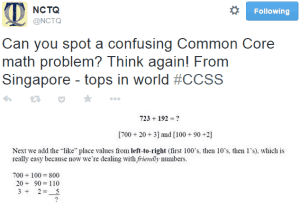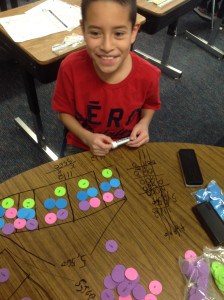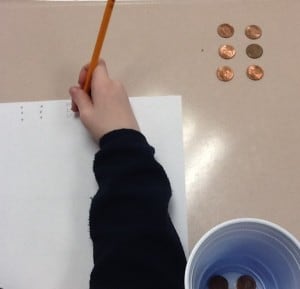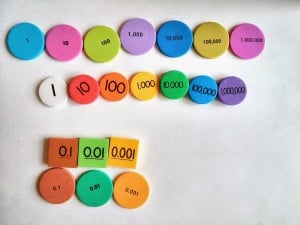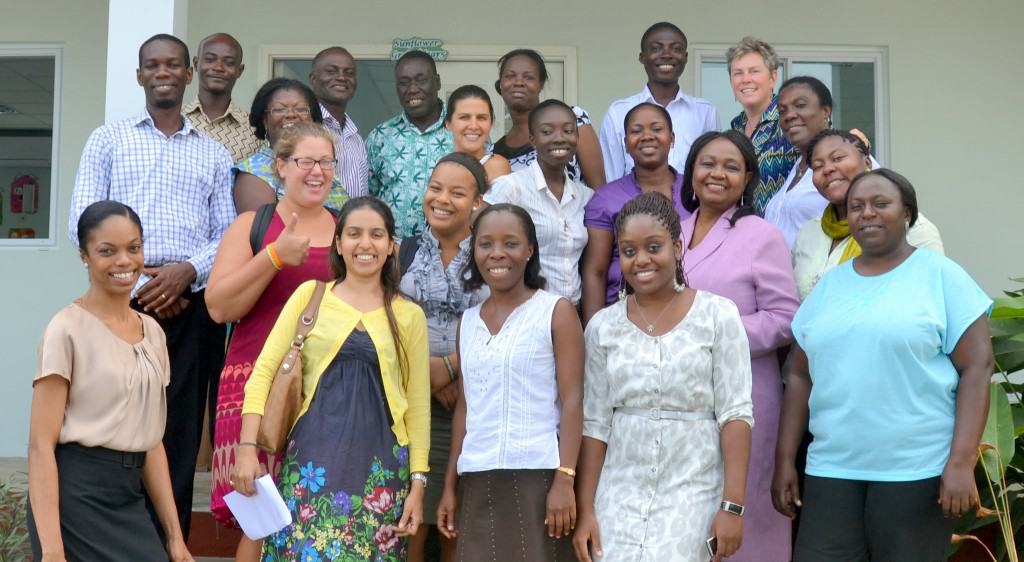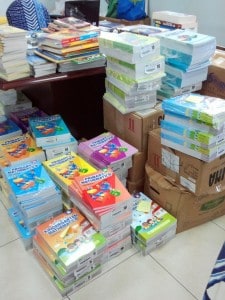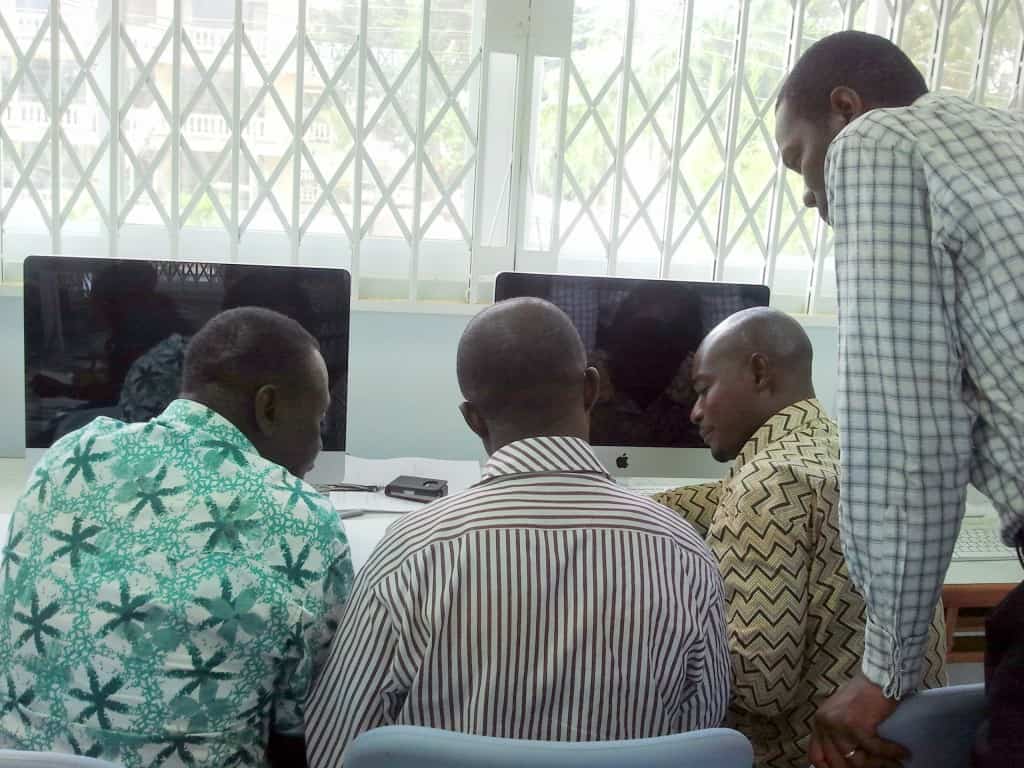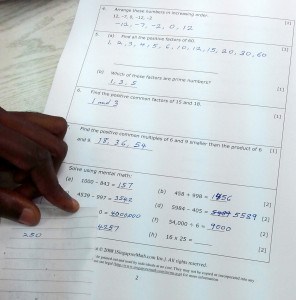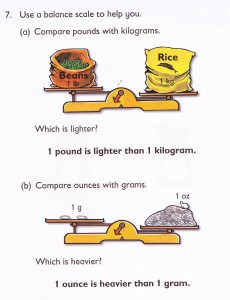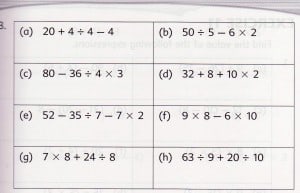This tweet posted by the National Council on Teacher Quality (@NCTQ) caught my eye:
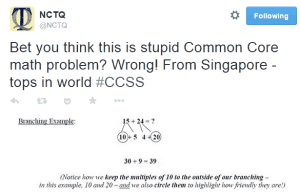
Now, I’ve heard decomposing called “branching” but can’t remember ever seeing this in a Singapore textbook. Where did this problem come from?
It’s nice that NCTQ recognizes Singapore’s Math as “tops in the world.” But it’s discouraging to see methods and terminology that are not a part of the Singapore curriculum attributed to it. Especially in the context of the nasty debate about CCSS. And especially since Singapore’s math curriculum–with its rigor, coherence, and focus–is often cited as a basis for more rigorous standards, including CCSS.
The problem posted is based on the concept of “Number Bonds,” which calls for students to decompose numbers (this is the term used in Singapore and in all major Singapore Math® textbooks distributed in the U.S.). Below, I’ve posted some examples of how this concept is presented in Singapore Math® series available in both the U.S. and Singapore.
This matter points to my BIG concern: As publishers and others adapt Singapore’s Math for the American market, new approaches creep in. These often are not based on the curriculum that helped Singapore’s students go from mediocre to best in the world in a dozen years. I’ve written about this in my comparison of Singapore math textbook series available in the United States.
So my plea to NCTQ: please use examples from an actual Singapore mathematics text when citing the components that make it so successful. And feel free to ask if I can help you find those examples.
Number Bonds problems in Singapore Math® textbooks
Here are some materials covering Number Bonds and “decomposing” numbers from actual Singapore textbooks:
From My Pals are Here, the most-used materials in Singapore:
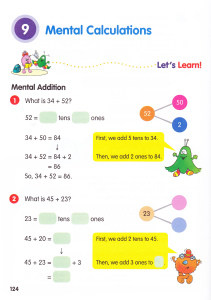
From the U.S. Edition of Primary Mathematics, available in North America since 2003:
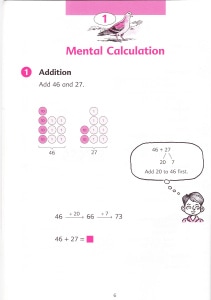
From the Common Core Edition of Primary Mathematics, released in the U.S. market in 2014:
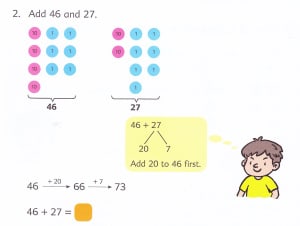
And finally, from Math in Focus:
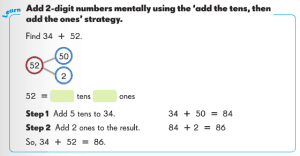
UPDATE:
Ugh! One more similar tweet from NCTQ.
